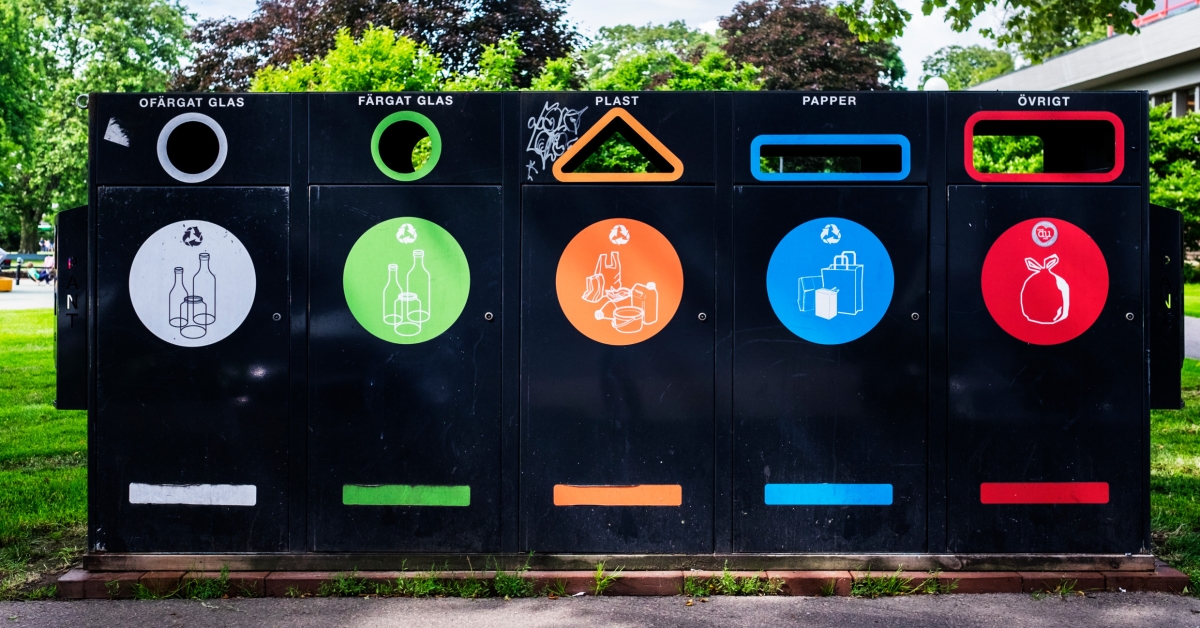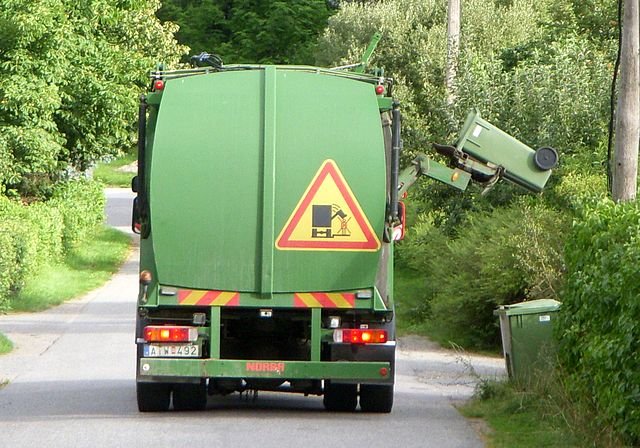
Introduction
Sweden’s success in achieving nearly zero waste through waste-to-energy has garnered international attention and admiration. This article provides an overview of the topic, highlighting its relevance and importance in the context of waste management and sustainability. Additionally, it explores why Sweden’s approach to waste management is worth exploring further.
Historical Background
The evolution of waste management practices in Sweden has been instrumental in achieving nearly zero waste. This section delves into the historical milestones and initiatives that led to the country’s focus on waste reduction and waste-to-energy. It also discusses the government policies and regulations that have supported the implementation of waste-to-energy in Sweden.
Key Concepts and Definitions
In order to understand Sweden’s waste management strategy, it is important to grasp key concepts and definitions related to waste-to-energy. This section provides a detailed explanation of waste-to-energy and its implications. It also explores terms such as circular economy, landfill diversion, and recycling rate, which are integral to waste management and waste-to-energy.
Main Discussion Points
The Swedish waste management strategy
By providing an overview of the Swedish waste management system, this section sheds light on the key elements that have contributed to achieving nearly zero waste. It emphasizes the integration of waste-to-energy technologies into the waste management infrastructure and the crucial role of waste sorting and recycling.
Waste-to-energy technologies and their contribution to waste management
Sweden utilizes various waste-to-energy technologies, such as incineration and anaerobic digestion, to effectively manage waste. This subsection explains the different technologies employed in Sweden, highlighting the benefits and limitations of each. It also explores how energy generation and resource recovery are achieved through waste-to-energy processes.

Collaborative efforts and stakeholder involvement
The success of Sweden’s waste management strategy is attributed to the collaborative efforts and involvement of various stakeholders. This section examines the roles of the government, municipalities, and the private sector in achieving nearly zero waste. It also emphasizes the importance of public awareness and participation, as well as collaboration between industries, waste management companies, and local communities.
Case Studies or Examples
Waste management practices in Stockholm
The waste management system in Stockholm serves as a compelling case study. This subsection provides an overview of Stockholm’s waste management system, highlighting the successful implementation of waste-to-energy technologies and waste sorting practices. It also explores the achievements and outcomes in terms of waste reduction and energy generation.
Waste management initiatives in Gothenburg
Gothenburg’s waste management initiatives exemplify Sweden’s commitment to sustainable waste management. This subsection discusses the integration of waste-to-energy technologies and recycling programs in Gothenburg’s waste management system. It also highlights the positive environmental and economic impacts of these initiatives.
Current Trends or Developments
Advancements in waste-to-energy technologies continue to enhance waste management practices. This section explores recent developments in waste-to-energy technologies and their potential for further improvement. It also discusses research findings on the environmental impact and sustainability of waste-to-energy processes. Additionally, it examines the influence of circular economy principles on waste management practices.

Challenges or Controversies
Despite its success, waste-to-energy as a waste management solution faces criticisms and concerns. This section delves into the controversies surrounding waste-to-energy and the debate over the prioritization of waste reduction and recycling. It also addresses the need to balance economic viability, environmental impacts, and public perception of waste-to-energy.
Future Outlook
Sweden’s achievements in waste management provide a blueprint for other countries to follow. This section explores the potential for scaling up successful waste management practices from Sweden to other countries. It also highlights emerging technologies and innovative approaches that can further reduce waste generation. Finally, it offers policy recommendations and strategies for promoting sustainable waste management globally.
Conclusion
In conclusion, Sweden’s accomplishment in achieving nearly zero waste with waste-to-energy is of utmost significance. This section summarizes the main points discussed in the article, reinforcing the relevance and importance of Sweden’s approach to waste management. It concludes with a call to action for further research and efforts in sustainable waste management.




